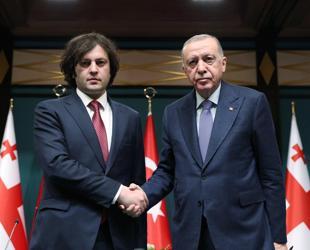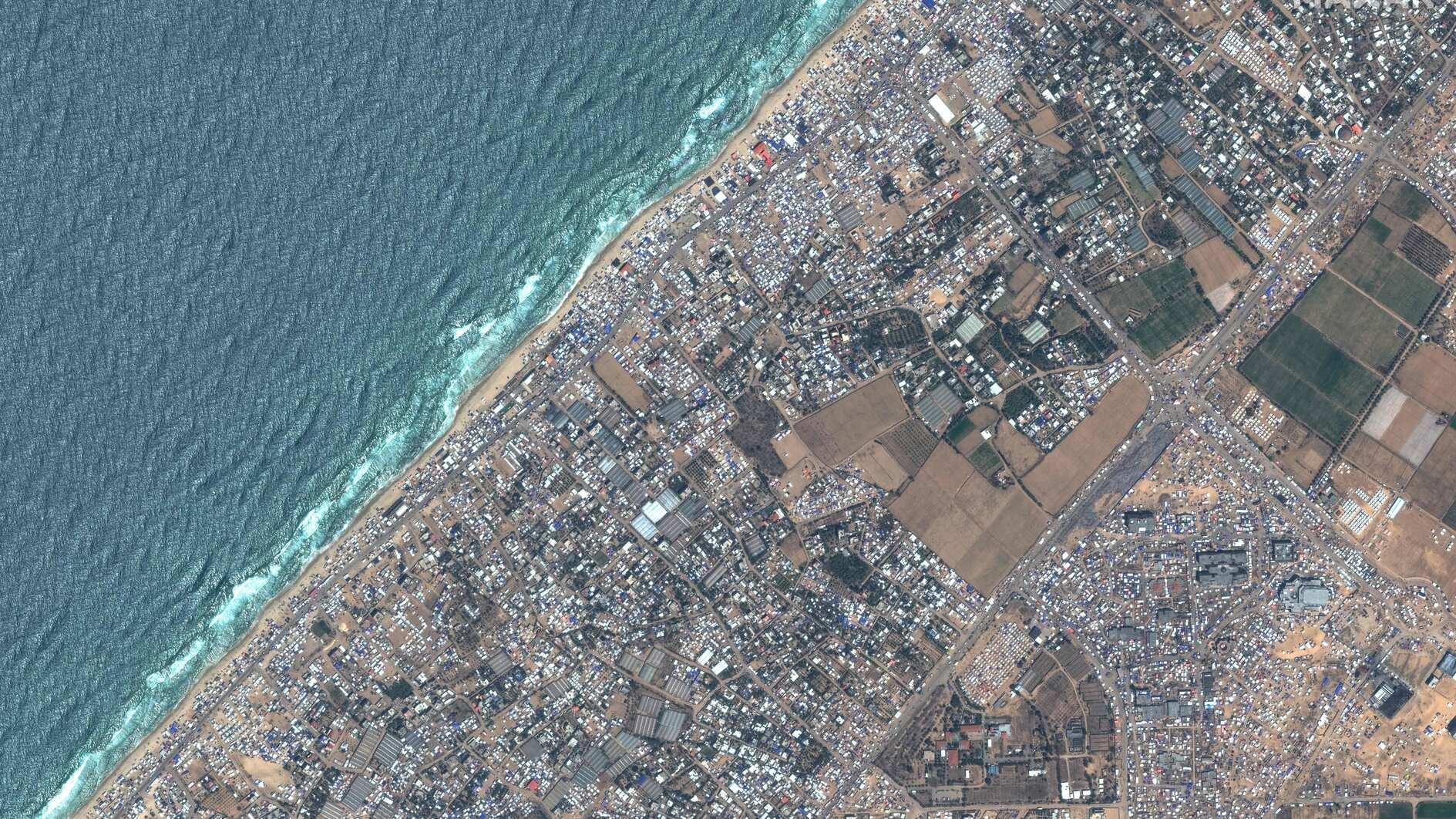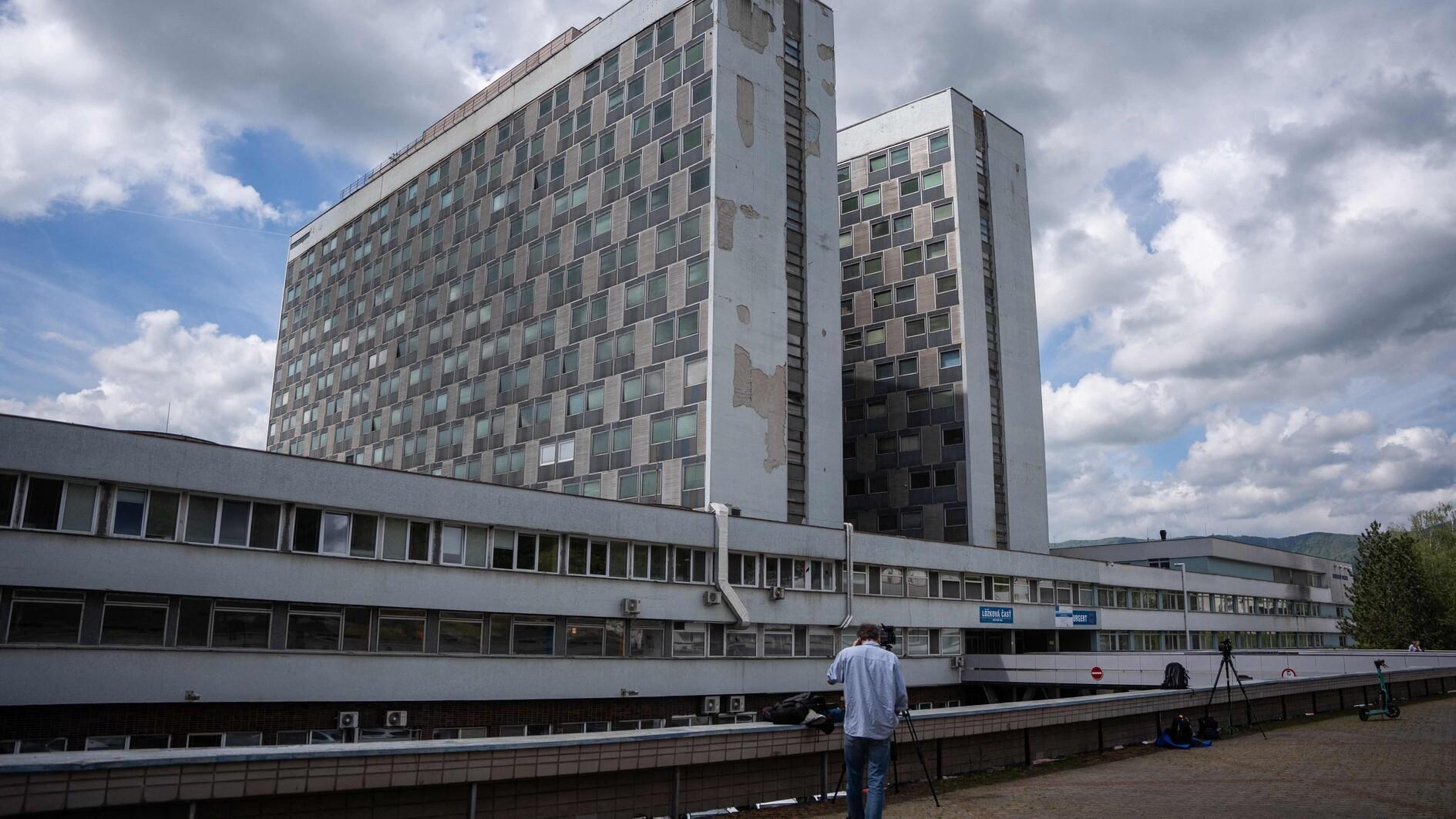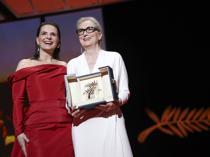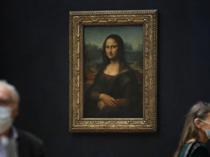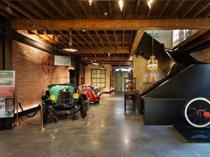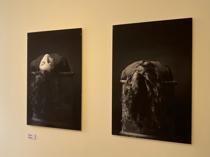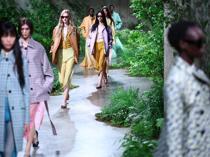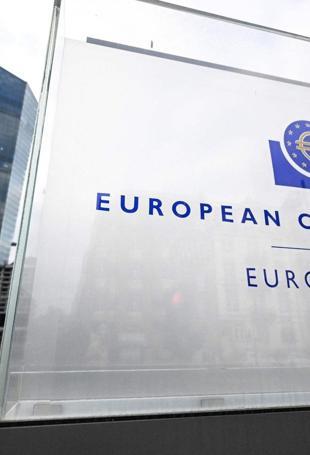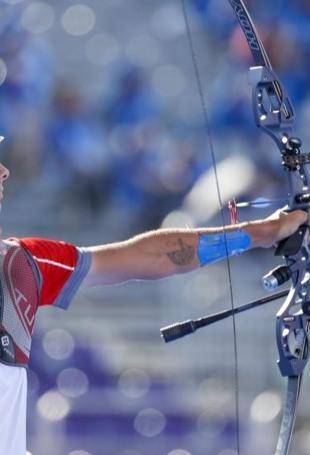State of Istanbul at Sabancı Museum exhibition
ISTANBUL

“Past, Present, Istanbul,” a new exhibition recently opened at Istanbul’s Sabancı Museum, looks at the state of Istanbul from the eyes of 22 young artists.
Realized in response to the call of Murat Germen, artist and academic at the Sabancı University, with the collective effort of 22 artists whose paths crossed within the Visual Arts and Visual Communication Design Program at the Sabancı University, the exhibition shows the past and present situation of Istanbul and makes us think about the future of the city.
In the opening of the exhibition on Sept. 3, Sabancı Holding CEO Cenk Alper said, “Although we have gone through very difficult times, as Sabancı Group, we have always believed in the transformative and healing power of art; art in which young people play the leading role. We thought that creative perspectives would create awareness in the society, shine a light and give hope. The exhibition ‘Past, Present, Istanbul’ is a result of this belief. We think that art and artists play a very important role in raising awareness about the social and environmental problems we experience and in producing sustainable solutions.”
“In the historical exhibition titled ‘8000 Years of a Capital from Byzantium to Istanbul,’ which we opened in our museum in 2010, we tried to explain Istanbul’s colorful crowd throughout its history, the energy brought by this dynamic crowd, its ability to keep up with all kinds of innovations and its ability to absorb every innovation,” Sakıp Sabancı Museum Director Nazan Ölçer said.
“It has been 11 years. Many things have changed not only in the world, but also in our country and in Istanbul. We find it difficult to follow the developments in Istanbul and the newly established towns. We see that Istanbul, which has absorbed all kinds of immigration and crowds with its open window to the world throughout history, is having difficulties in the face of this sudden immigration of millions of people who are foreign to its culture,” she added.
“In this exhibition, we will look at Istanbul through the eyes of young artists. We will see the independent works of 22 young artists, who produced for this exhibition upon the call of architect, faculty member and artist Murat Germen, who closely follows the change of Istanbul and reflects this in his photographs. I believe that the energy of young people will be good for all of us,” she said.
What can we do for an ancient but tired city?
Stating that their goal was to discover what they could do for an ancient but tired Istanbul, Germen said that although there were no physical meetings due to the global pandemic, artists came together on online platforms.
“We have come to these days with a pluralist and questioning approach. We see the traces of this approach in the exhibition. The works are not alike but they talk and complement each other. They care about Istanbul, they seek answers to the questions ‘How can we respond to the emergency call, how can we restore this city’s uniqueness?’”
“Past, Present, Istanbul” combines works by Ahu Akgün, Aslı Narin, Begüm Yamanlar, Beril Ece Güler, Burak Dikilitaş, Canan Erbil, Cemre Yeşil Gönenli, Deniz Ezgi Sürek, Didem Erbaş, Ege Kaynar, Eren Sulamacı, Eser Epözdemir, Korhan Karaoysal, Mekânda Adalet Association, Neslihan Koyuncu Bali, Nora Bryne, Onur Özen, Örsan Karakuş, Serkan Taycan, Sıla Ünlü İntepe, Sinan Tuncay and Zeynep Kaynar.
Site-specific works exhibited in the show involve interpretations of the city dynamics in light of themes such as animal population, urban gentrification, social life, historical sites, water resources, transportation, and utopia/dystopia. They were produced using a variety of mediums such as oil, drawing, installation, photography, video, and serigraphy.
In spite of setbacks due to the COVID-19 pandemic and restrictions caused by total and partial lockdowns, many institutions and dwellers of Istanbul contributed to the production processes of works that deal with many places in the city, resulting in a collective exhibition. The exhibition, realized with the support of Sabancı Holding, will be open through Nov. 28.

